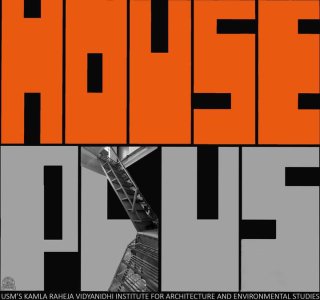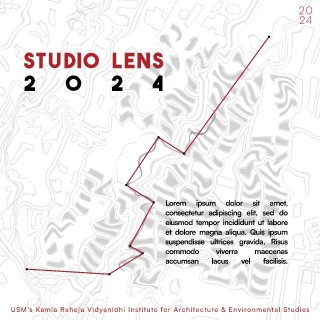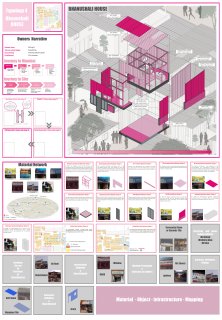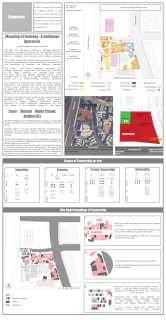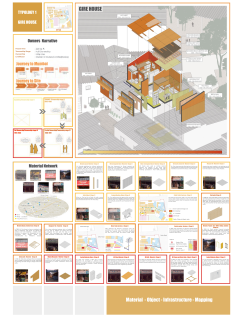
The library used to be understood as a centre of collective memory and a place for preservation of human experiences, a space that managed to eternalize humanity for as long as people physically visited it.
Now, in this current 4.0 world, attaining information has become an impalpable source of codes and sequences; it has become intangible in nature.
Factually speaking, the virtual space is expanding while the physical space is losing ground.
Thus, this lead to interpreting a form for the instituition of a library when the need of a physical space has become ubiquitous.
The library of the future is hence located anywhere, yet nowhere. It is meant for anyone who wishes to read.
But, a space is still needed as motivation for people to step out of their eay - access Virtual Reality worlds and into an area where they are creatively free and socially comfortable to be whoever they wish to be.
The concept of the physical design emerges from an interpretation of the physical environment as an interplay of layers of spatial frames and fractions of time; giving rise to the layered grid form of cubic modules, that can be realigned, moved and broken into spaces as per need.
Yashda Tatiya
Pranjal Gaikwad
Pradumn Kadam
Rati Mhatre
